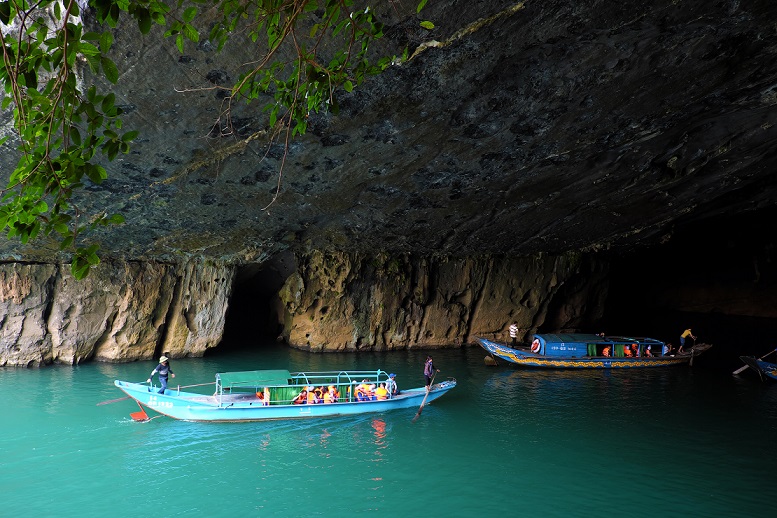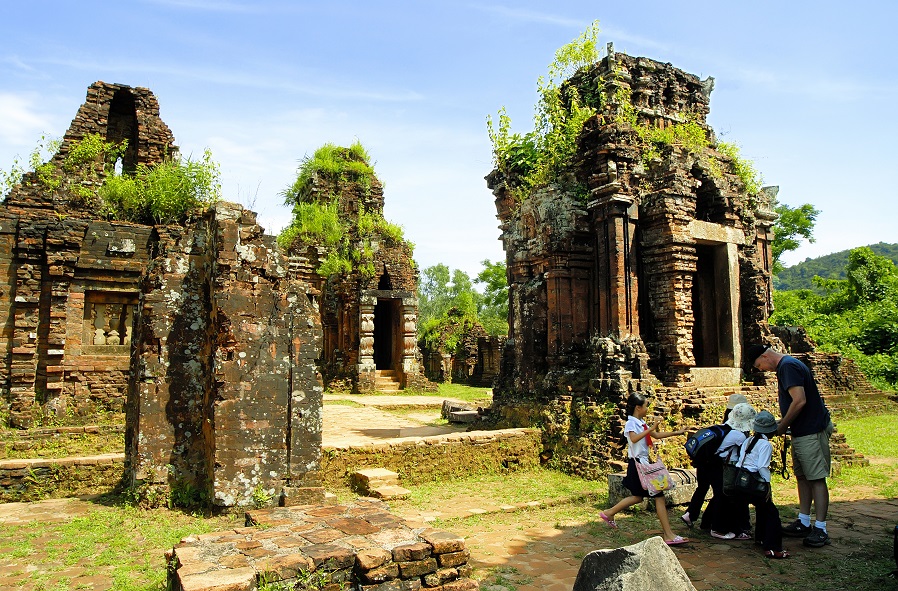Must See UNESCO Sites in Vietnam
From north to south, Vietnam surprises with its beauty and impresses with its complex history. If you don’t have time to visit all the World Heritage sites, don’t worry. Just follow our guide below to discover the five UNESCO sites you can’t leave Vietnam without seeing:
1. Halong Bay
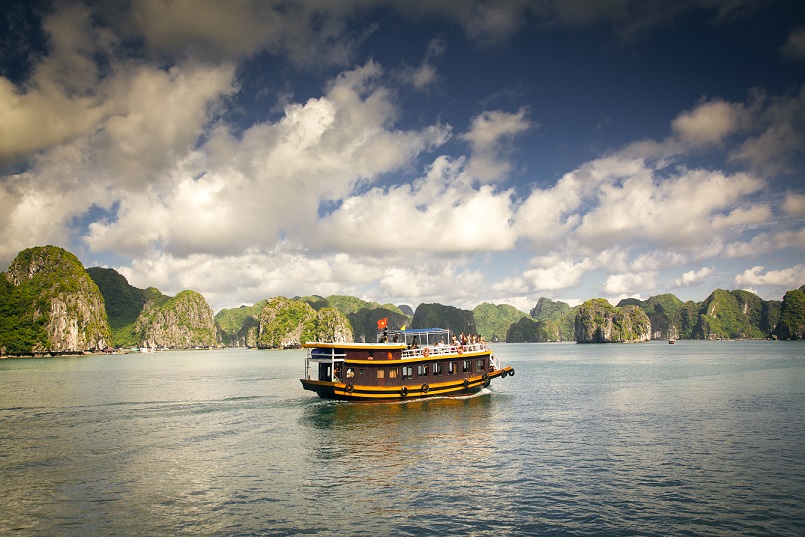
The number one must-see sight in the north and possibly the whole country is Halong Bay. You simply cannot leave Vietnam without experiencing it. Declared a UNESCO site in 1994, it’s been stated that this area is the world’s most extensive and best example of marine-encompassed limestone karsts. It even beat out Thailand for this title - quite a feat considering these rock formations are one of the most iconic images in The Land of Smiles!
Located in Quang Ninh province, 165 kilometers from Hanoi, Halong Bay is composed of 1,600 islands - almost all of which are uninhabited and untampered with by humans. This spectacular seascape can be enjoyed from cruise boats which take tourists out on day trips or overnight trips. Usually you’ll have a chance to swim and kayak as well, allowing you to get up close and personal with one of nature’s finest creations.
2. Phong Nha Key Bang National Park
In 2003, this National Park in Quang Binh province joined the list of UNESCO sites in Vietnam. With over 100 kilometers of cave systems and underground rivers, this protected area is one of the most amazing limestone karst ecosystems on the planet. The caves that can be seen inside this park are some of the oldest in Asia and the Hang Son Doong cave has been declared the largest in the world.
Get below the surface with cave exploration tours that let you swim, hike, and spelunk to your heart’s content. If you prefer to stay above ground, the dense jungle growing on top of the cave systems is a treat for hikers seeking some remote trekking. Those who just want to relax and enjoy the natural surroundings should hit the Nuoc Mooc Ecotrail for some swimming, kayaking, and lounging at the small lake.
3. Hoi An Ancient Town
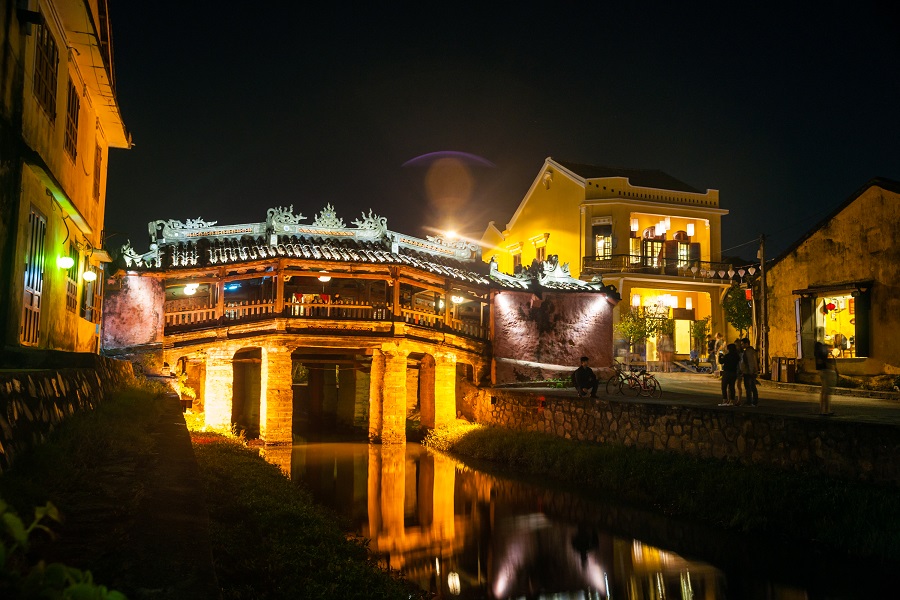
This city’s ancient town in the central Quang Nam province was honored as a Heritage Site in 1999 due to the excellent preservation of the ancient trading port. In fact, it remains as one of the best examples in the world of a South East trading port and commerce center. At its height of operation between the 15th -19th century, this port was one of South East Asia’s most important ports.
It’s the architecture in Hoi An Ancient Town that really makes this area so special. The cultural fusion between Chinese, Japanese, and European influence is obvious among the homes, shop fronts, and bridges. It also retains its original street plan and location, and still currently operates as a local port. Located on the Thu Ban River, another charming part of this city are the crisscrossing canals running through it.
Today, Hoi An charms travelers from far and wide with its historic waterfront now functioning as a riverside tourist attraction.
4. My Son Sanctuary
Also located in the central Quang Nam province and just over an hour’s drive west from Hoi An is My Son Sanctuary. This is the site of the ancient civilization of Champa, an independent country from the 4th to the 13th century before it became a part of Vietnam.
The ancient temples left behind show the Champa’s strong affiliation to Hinduismwith their specific style, sculptures, and structures. This area was not only the religious and political capital of the ancient Kingdom, but also a royal burial ground.
The remote jungle setting and shrubbery growth on the roughly 70 temples adds to the enchanting vibes felt as soon as this spiritual site is entered.
5. Complex of Hue Monuments
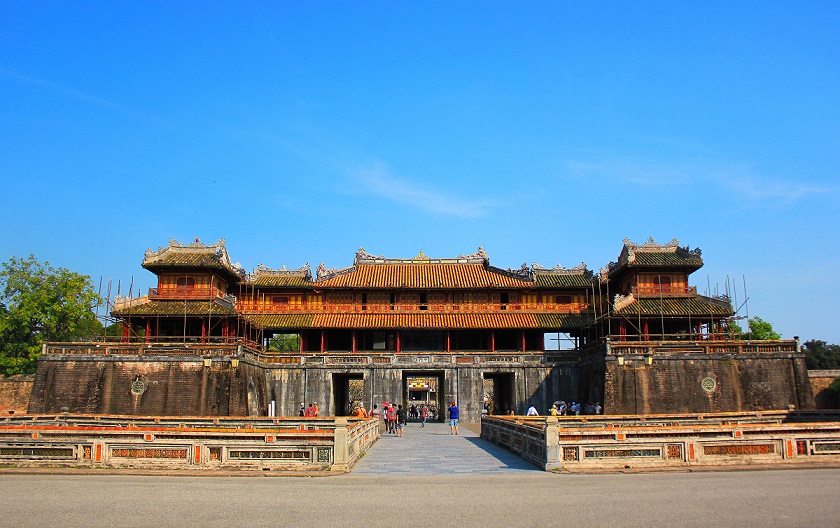
The city of Hue, located in the Thua Thien-Hue province, served as Vietnam’s political, cultural, and religious capital from 1802 to 1945. Framed by the Ngu Binh Mountains and dissected by the Perfume River, Hue is a very picturesque city in addition to being extraordinarily significant to the country’s history.
Hue houses many of Vietnam’s significant historical monuments. The Complex of Hue Monuments, named a UNESCO site in 1993, is highlighted by the Hue Citadel. This impressive building was the administrative center of southern Vietnam in the 17th and 18th centuries. Within the walls of the citadel also lies the Imperial Residence, Imperial City, and the Forbidden Purple City.
In addition to this central attraction, there are several other temples, pagodas, and fortresses scattered around Hue that are included in The Complex.
******
The aforementioned World Heritage sites showcase the various aspects of Vietnam’s wonders. Travelers can visit Halong Bay for seascape, Hoi An for culture, My Son Sanctuary and Hue for history, and Phong Nha-Ke Bang for nature.
Of course, if you have the time, all of Vietnam’s UNESCO sites are worth visiting. However, if you’re keeping to a tight schedule, then these four sites will allow you to get the most diversity out of your trip.

